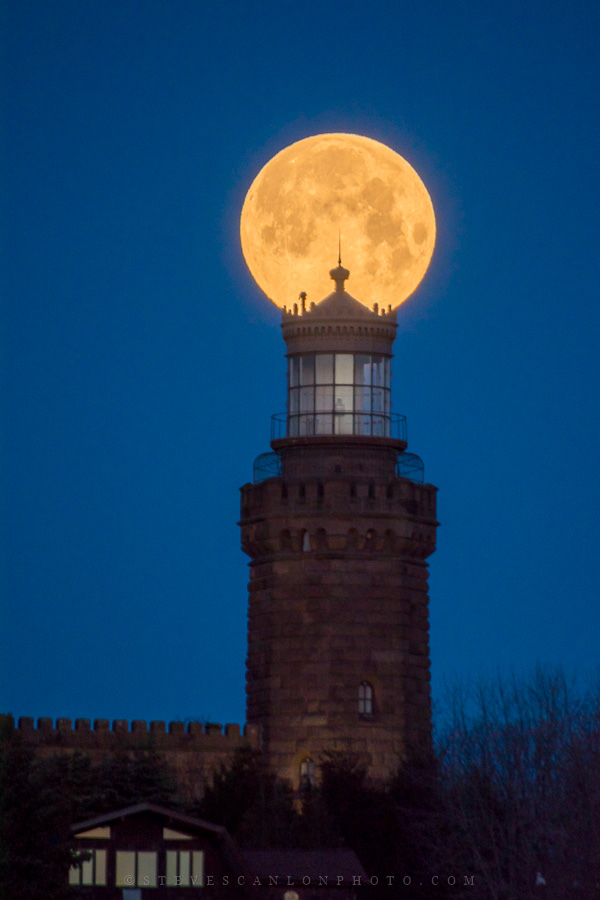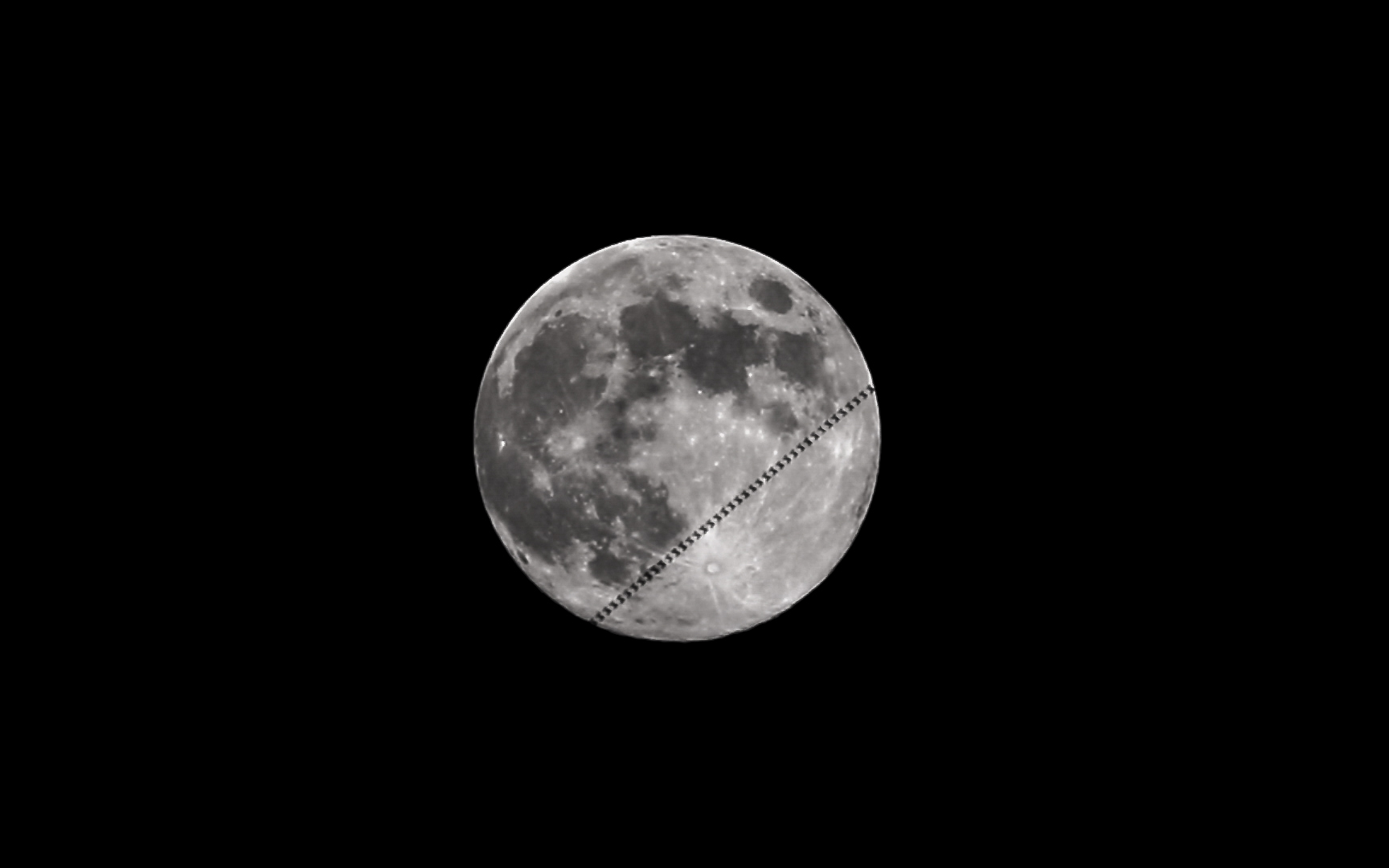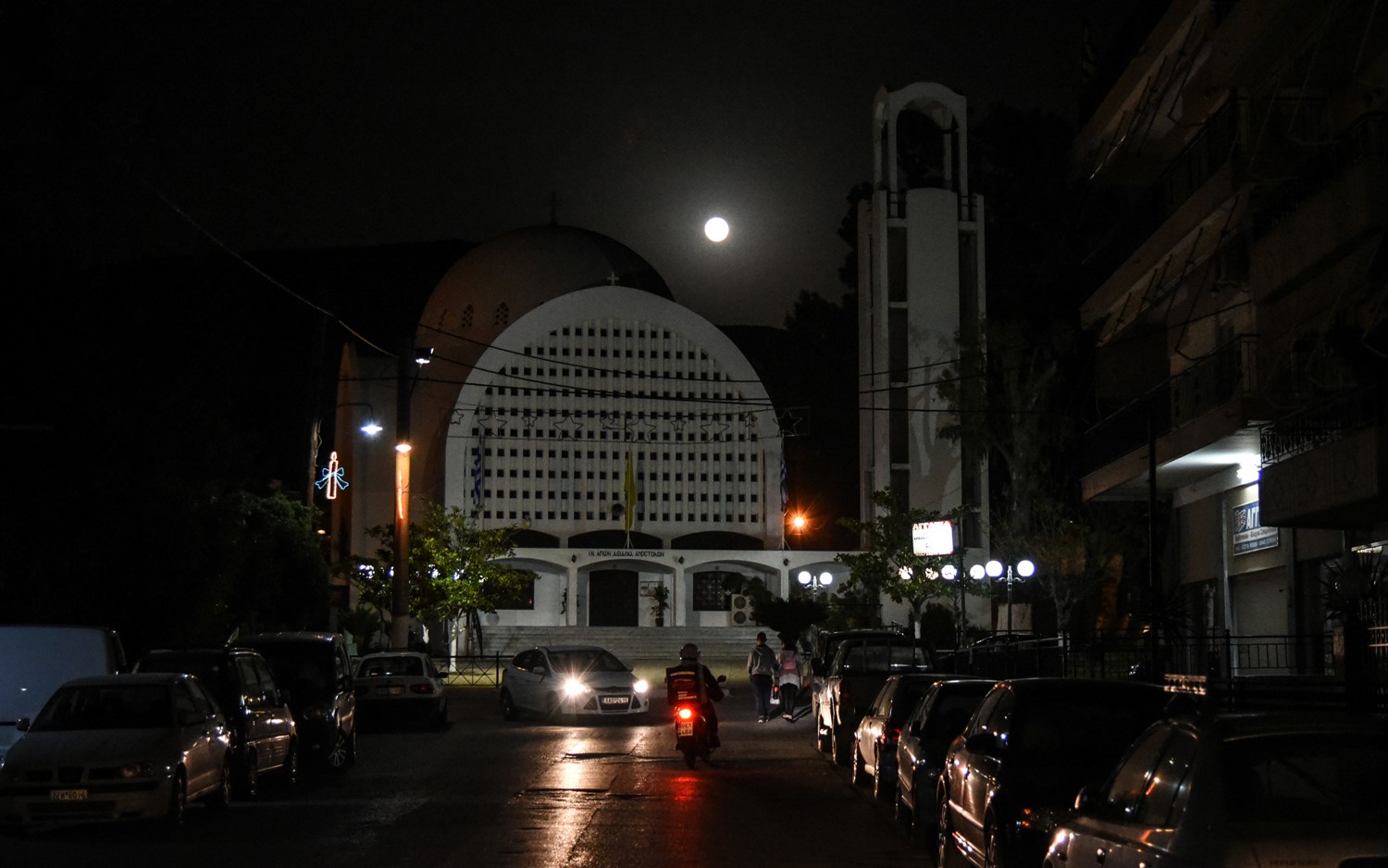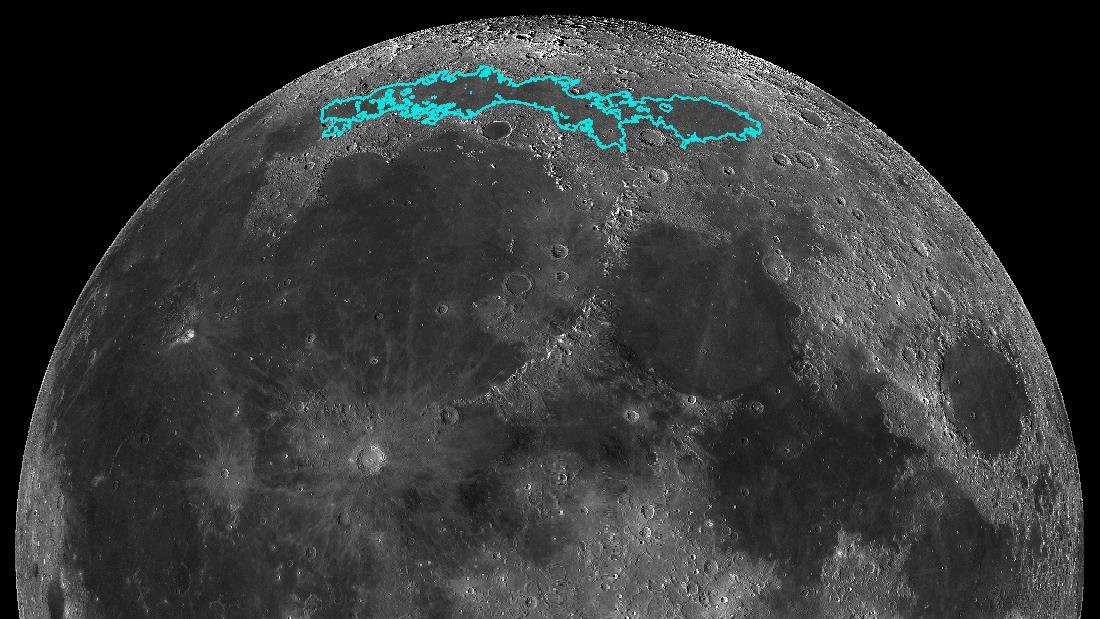Blue 'Sap Moon' Shines Bright in Stunning Skywatcher Photos

This past weekend, skywatchers across the world pulled out their cameras to capture the splendor of the Blue Sap Moon.
The second full moon in March peaked at 8:37 a.m. EDT (1237 GMT) on Saturday (March 31). The "Sap" Moon is how the Shawnee people referred to a full moon around the month of March, because this time of year is associated with the flow of the syrupy liquid from maple trees. According to the Old Farmer's Almanac, many full moon nicknames come from terms used by Algonquian-speaking native peoples, like the Shawnee.
A Blue Moon is defined in two ways, and although it is popularly known as the second full moon in a calendar month, this is not quite how astronomers traditionally identified a Blue Moon. The extra full moon of a seasonal cycle — the time between a solstice and the following equinox, or vice versa — is how they defined a Blue Moon. But by the monthly definition, Saturday's full moon was the last Blue Moon until Halloween night in 2020. The next seasonal blue moon will happen much sooner, on May 18, 2019. [In Photos: The Last 'Blue Moon' of 2018]

The last monthly Blue Moon was the spectacular Super Blue Blood Moon on Jan. 31, 2018. Photographer Fred Pompei caught the International Space Station (ISS) moving over the face of the Super Blue Blood Moon and photographed the space laboratory in a similar way on March 31 as it passed in front of the Sap Moon from his perspective in St. Charles, Michigan.
"I used ISS Transit Finder to find the location," Pompei told Space.com. "It was about a 2-hour drive from my house. I felt obliged to get this one as I had already captured the ISS transit of the Blue Moon in January from my backyard."
On the Greek island of Euboea — where one scholar believes the ancient poet Homer spent part of his life — the full moon was seen over a church in the town of Artaki.

On average, month-type blue moons occur once every 2.66 years. They are possible because 29.53 days pass between a full moon to the next one, and each calendar month takes longer than that (30 or 31 days), except for February. The Blue Moons of January and March were possible because the aforementioned "synodic" month (full moon to full moon) occurred in its entirety within a calendar month: There was a full moon at the very beginning of the calendar month, and another on the last day.
Get the Space.com Newsletter
Breaking space news, the latest updates on rocket launches, skywatching events and more!

Follow Doris Elin Salazar on Twitter@salazar_elin. Follow us @Spacedotcom, Facebook andGoogle+. Original article on Space.com.
Join our Space Forums to keep talking space on the latest missions, night sky and more! And if you have a news tip, correction or comment, let us know at: community@space.com.

Doris is a science journalist and Space.com contributor. She received a B.A. in Sociology and Communications at Fordham University in New York City. Her first work was published in collaboration with London Mining Network, where her love of science writing was born. Her passion for astronomy started as a kid when she helped her sister build a model solar system in the Bronx. She got her first shot at astronomy writing as a Space.com editorial intern and continues to write about all things cosmic for the website. Doris has also written about microscopic plant life for Scientific American’s website and about whale calls for their print magazine. She has also written about ancient humans for Inverse, with stories ranging from how to recreate Pompeii’s cuisine to how to map the Polynesian expansion through genomics. She currently shares her home with two rabbits. Follow her on twitter at @salazar_elin.
